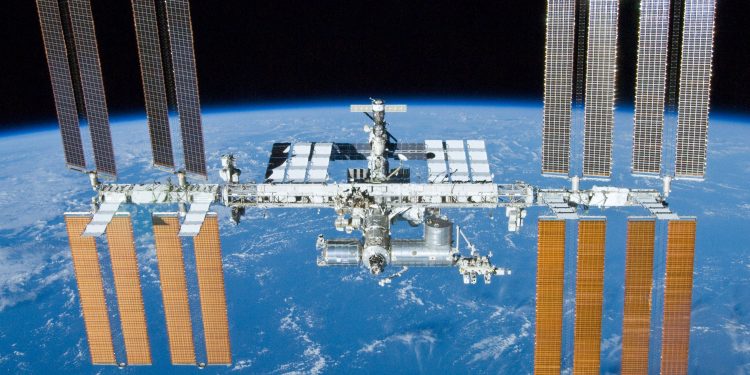Cape Canaveral: A Russian weapons test created more than 1,500 pieces of space junk that is now threatening the seven astronauts aboard the International Space Station, US Officials have said.
The State Department confirmed that the debris was from an old Russian satellite destroyed in Monday’s anti-satellite weapons test.
“It was dangerous. It was reckless. It was irresponsible,” said State Department spokesman Ned Price.
Earlier Monday, the four Americans, one German and two Russians on board were forced to seek shelter in their docked capsules because of the debris.
At least 1,500 pieces of the destroyed satellite were sizable enough to show up on radar, Price said. But countless other fragments were too small to track, yet still posed a danger to the space station as well as orbiting satellites.
“We are going to continue to make very clear that we won’t tolerate this kind of activity,” Price said.
NASA Mission Control said the heightened threat might continue for another couple days and continue to interrupt the astronauts’ science research and other work. Four of the seven crew members arrived at the orbiting outpost Thursday night.
NASA astronaut Mark Vande Hei, who’s midway through a yearlong mission, called it “a crazy but well-coordinated day” as he bid Mission Control good night.
“It was certainly a great way to bond as a crew, starting off with our very first work day in space,” he said.
The U.S. Space Command said it was tracking the field of orbiting debris. NASA had made no comment by mid-afternoon.
Earlier in the day, the Russian Space Agency said via Twitter that the astronauts were ordered into their docked capsules, in case they had to make a quick getaway. Later, the crew was “routinely performing operations,” the agency noted.
“Friends, everything is regular with us!” tweeted the space station’s commander, Russian Anton Shkaplerov.
The cloud of debris seemed to pose a threat on each passing orbit — or every 1 1/2 hours. German astronaut Matthias Maurer was told to move his sleeping bag from the European lab to a safer location for the night.
Until Monday, some 20,000 pieces of space junk were being tracked. Including old and broken satellites. Last week, a fragment from an old Chinese satellite — the target of a missile-strike test in 2007 — threatened to come uncomfortably close. While it later was dismissed as a risk, NASA had the space station move anyway.
AP






































